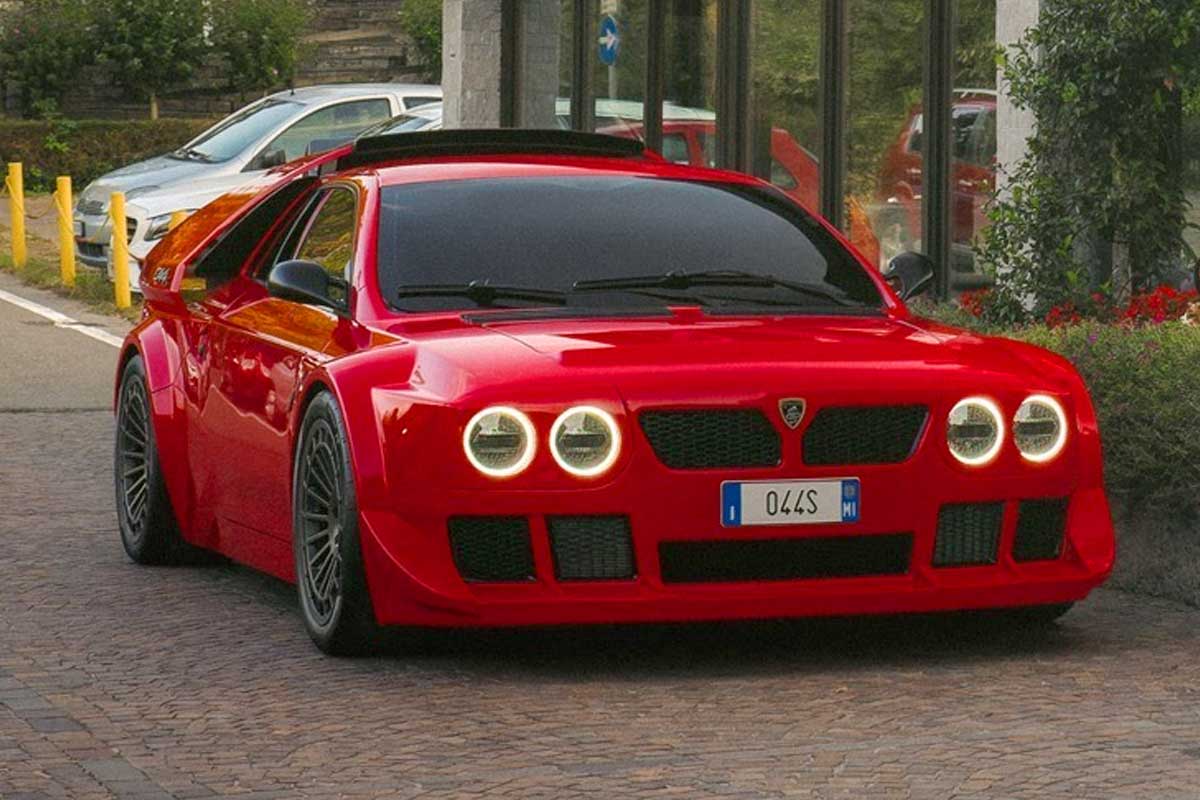
Lancia inspires the world of restomods and modern reinterpretations, especially when it comes to the Delta, the queen of Group A between 1987 and 1992. We recently saw the Lancia Delta SafaristaBut many other projects also existed, such as the Maturo Stradale. Delta cars continue to be a crowd-pleaser, as evidenced by the highly-modified, super-powered versions entered in hill-climb races. In this Delta fair, the Grassi 044S wanted to strike hard. The project was the brainchild of Scuderia Grassi, founded by Carlo Grassi, heir to a family of racing drivers and tuners dating back to the pre-war years. This supercar pays homage to the legendary Delta S4, yet stands out for its resolutely contemporary approach.

Strictly speaking, this is not a restomod, since there is no donor car. This is a new 100% project. The design was entrusted to Giuseppe Armano, a former designer at the Centro Stile Alfa Romeo who worked there between 1994 and 2012. This is reflected in a nod to the Scuderia Grassi logo, which features the famous Milanese "Biscione" in a more angular, stylized version. A reference to the Milanese coat of arms and the Visconti coat of arms, where the "Vouivre" appears, but also a form of cousinage with Alfa Romeo. The aim: to revisit the radicalism of the Groupe B without lapsing into simple nostalgia.
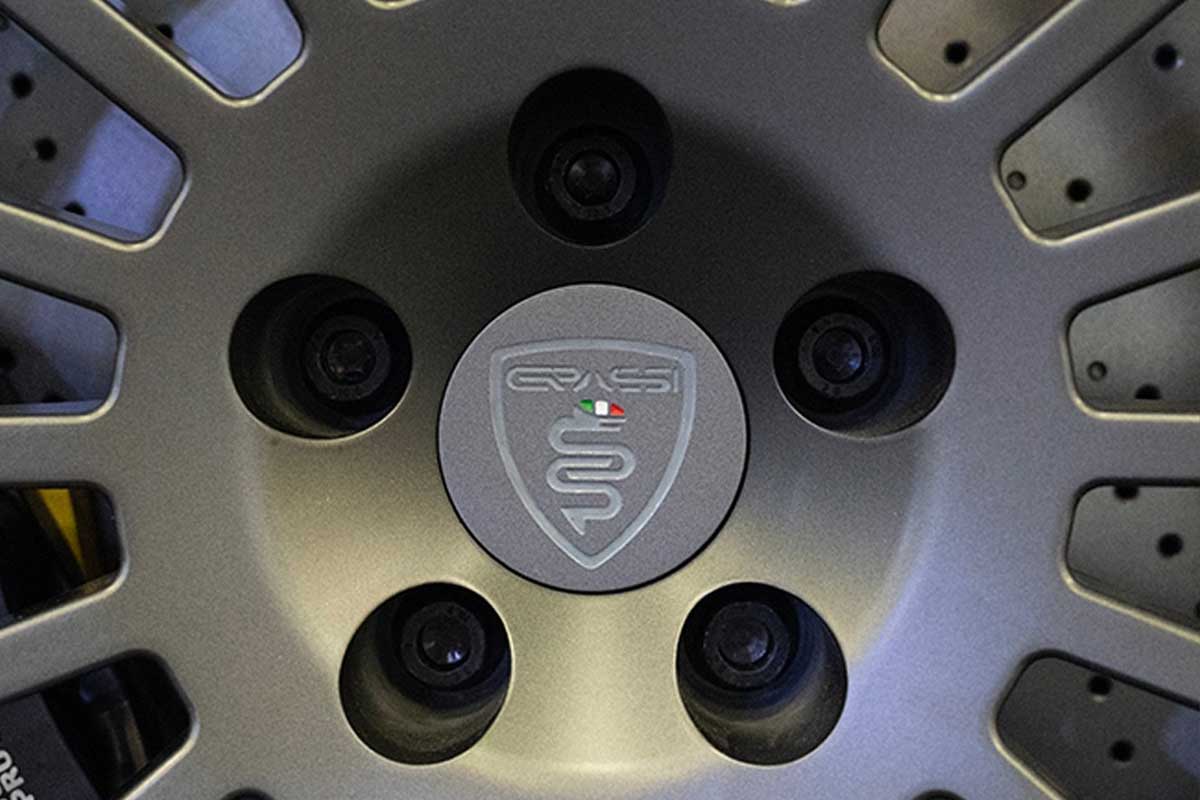
The Delta S4, ultimate monster and Group B gravedigger
It's worth remembering what the demonic Lancia Delta S4 was all about. Launched in 1985 at the RAC Rally to replace the aging rear-wheel-drive Rally 037, it was one of the craziest machines in rallying history. Designed to compete with Audi and Peugeot, it combined a lightweight fiberglass body, all-wheel drive and a radical, mid-rear engine with twin superchargers (an Abarth Volumex supercharger coupled to a KKK turbo) to avoid turbo lag and deliver enormous torque at all times. The result: a power output of 450 hp on debut, increased to 550 hp on the ultimate racing versions, with a 0-100 km/h time of 2.6 s!
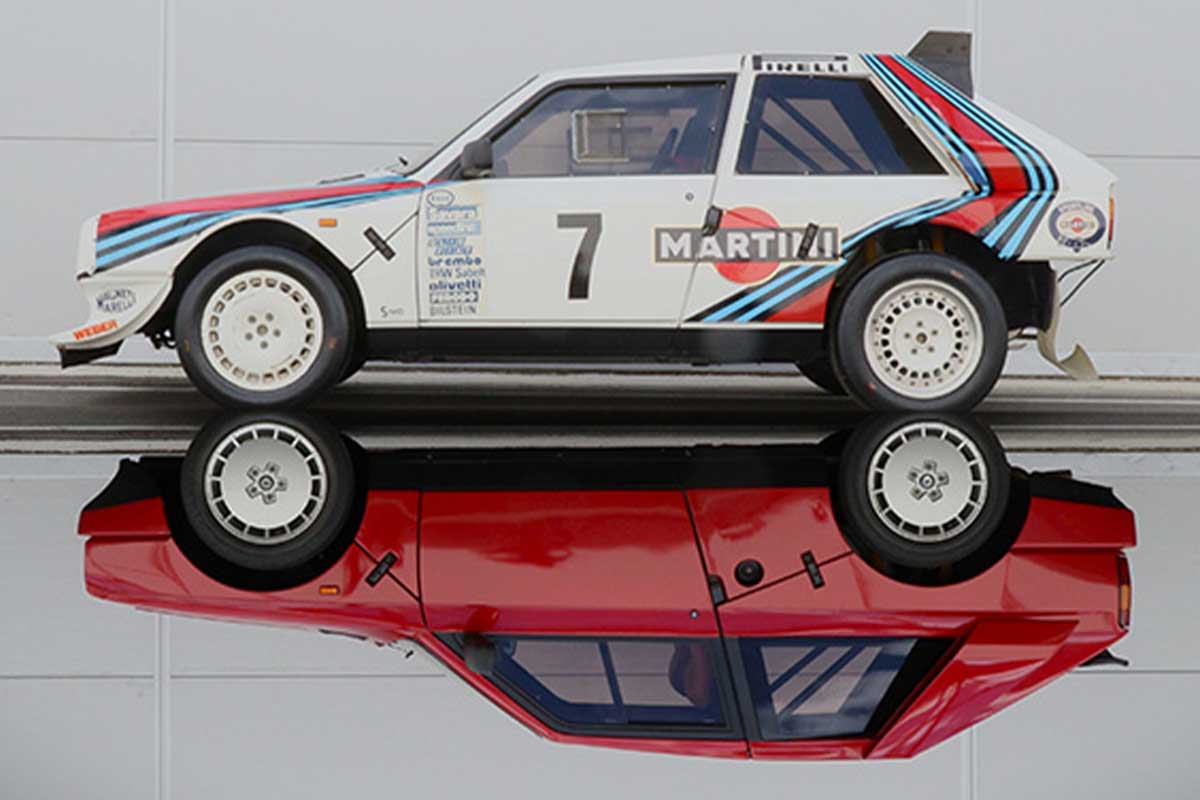
In 1986, the Delta S4 was the most powerful machine. For homologation purposes, Lancia produced around 200 Stradale models, downsized to 250 hp for road use. A true Group B icon, the S4 symbolized both the technical genius and the excess of the era, which came to an abrupt halt after Henri Toivonen's fatal accident in the Tour de Corse in 1986.
A circuit S4
The overall design was entrusted to NOPE Engineering, a Milan-based company specializing in competition technical support, electronic systems and simulation. The lightweight structure combines carbon, aluminum and modern alloys for exemplary rigidity.


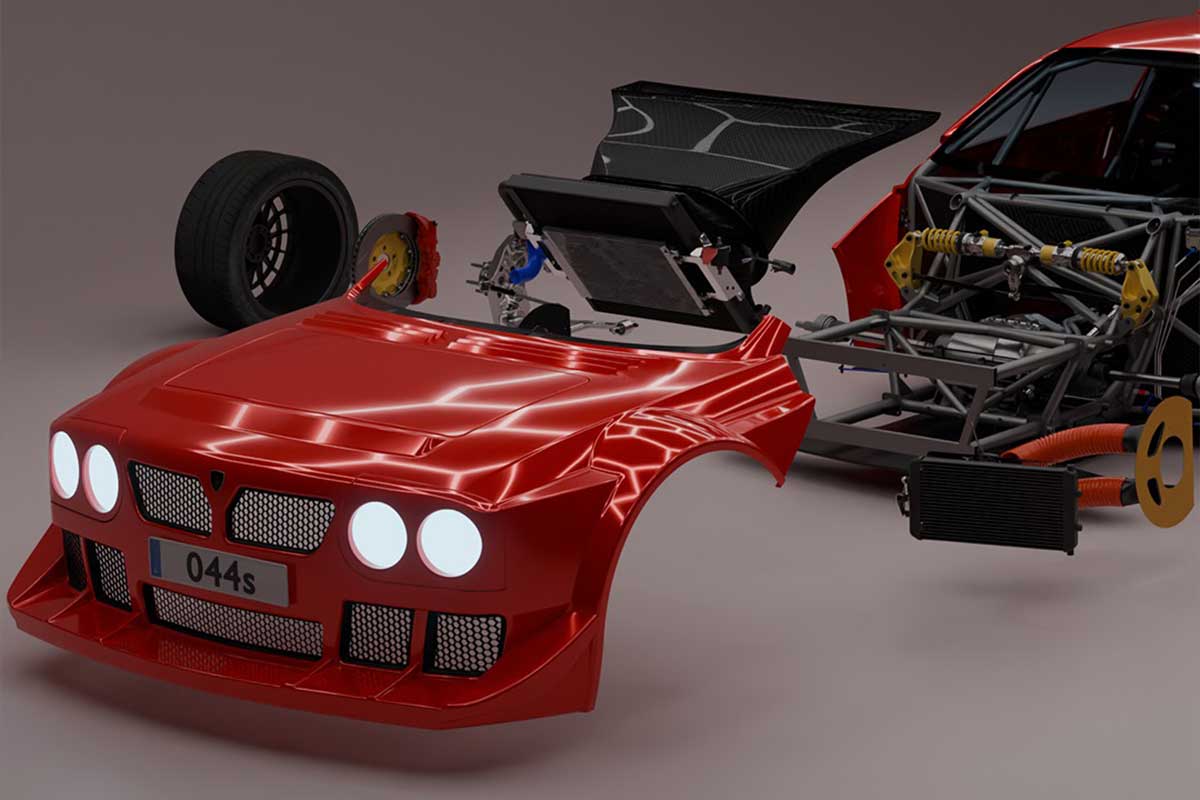
The Grassi 044S is larger than the original S4 (4.18 m long vs. 4 m, 2 m wide vs. 1.80 m, wheelbase extended by 16 cm), and boasts muscular proportions. As with the S4 of the '80s, it is based on a tubular trellis frame in chrome and molybdenum, rather than a carbon monocoque.
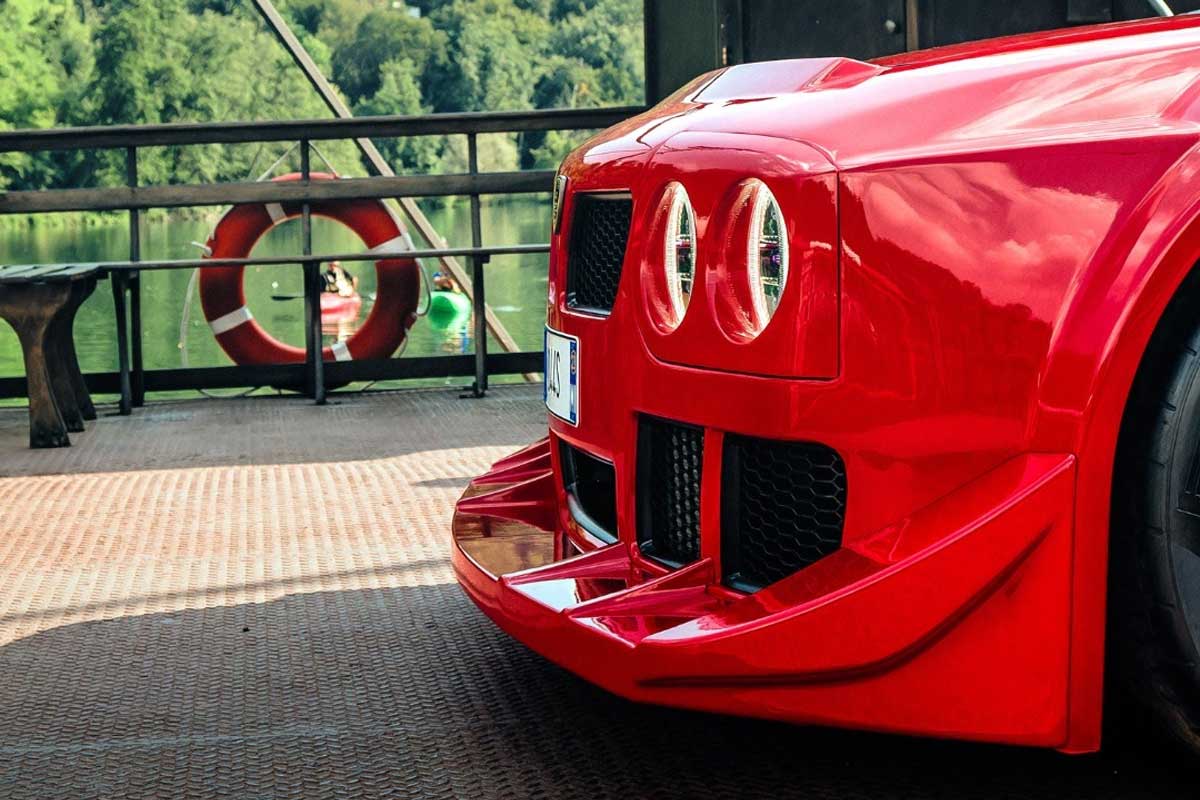
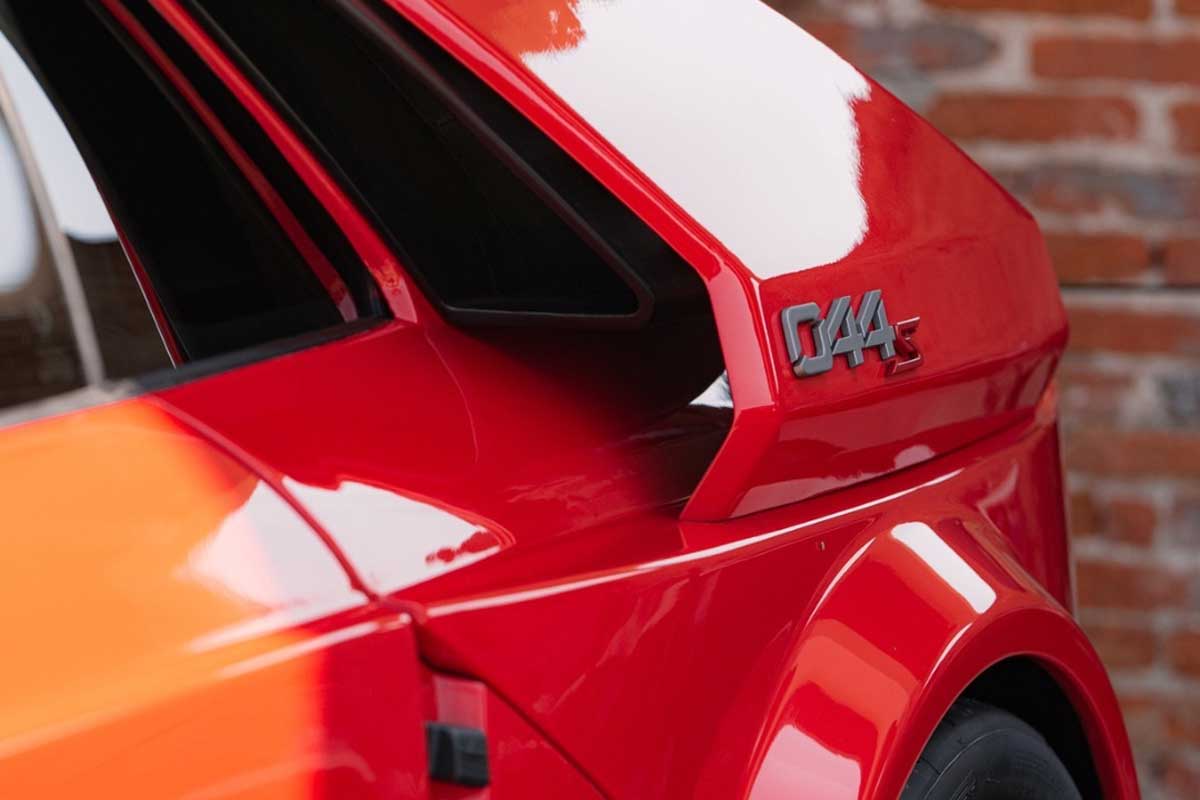

There's an aggressive front blade, wide tracks, double round headlamps, roof spoiler and, above all, huge side air intakes to feed the big "factory" under the rear hood. Only the shape of the air intakes is a little more curved, whereas the 1985 Delta S4 was cut to the bone. As a modern supercar, the 44 adds a massive rear diffuser with two central tailpipes. The overall effect is rather impressive, even if the overall design seems less accomplished in terms of finish than other well-known "restomods".
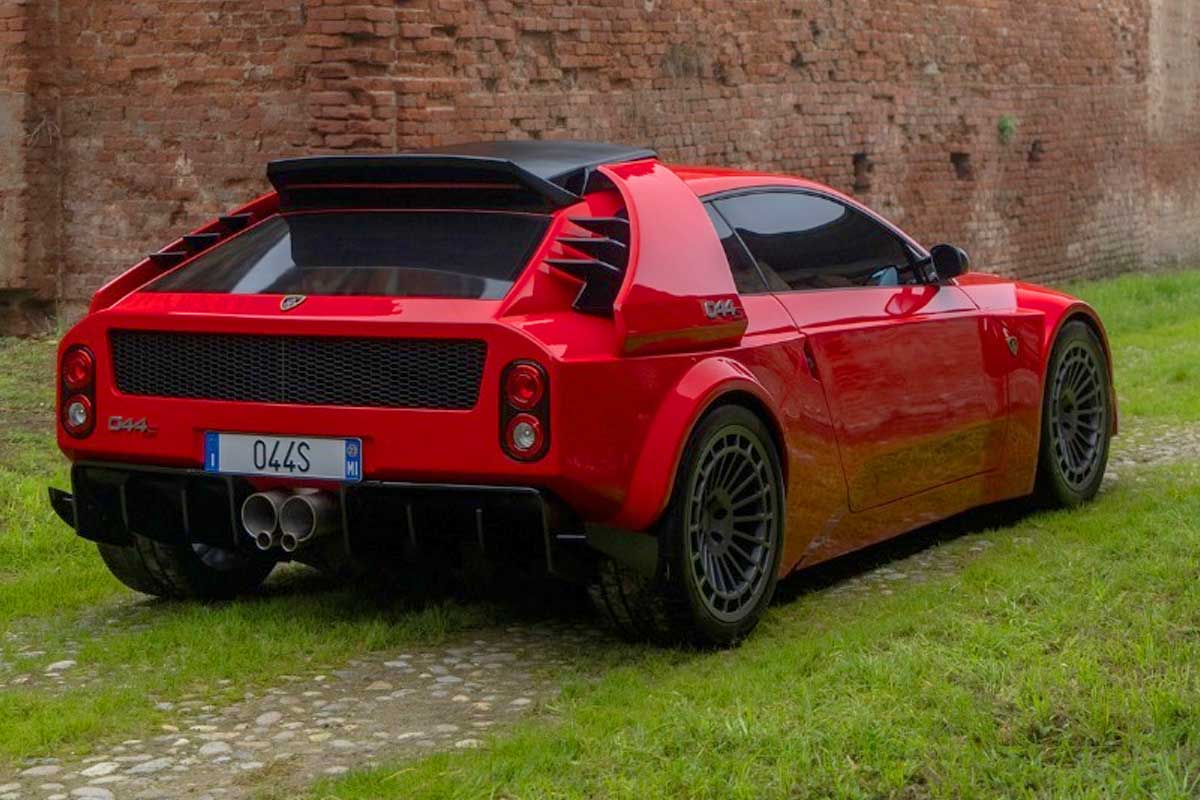
And lots of horses!
Beneath its streamlined bodywork, what's at the heart of this Grassi? Like the S4 of yesteryear, it's a four-cylinder engine, but this time with 3.0L displacement (1.7L at the time) and twin superchargers, developing, according to the manufacturer, over 650 hp, all combined with a 6-speed manual gearbox. The exact origin of the engine is not specified, but Grassi claims to retain control of development and production.
Weighing in at less than 1,200 kg, the Grassi 044S promises dizzying figures: less than 3 seconds to reach 100 km/h and a top speed of over 300 km/h. Unlike the Amos Safarista, the Grassi is more of a track car, with very low ground clearance. It does, however, feature three self-locking differentials. An intelligent traction control system distributes power to the wheels according to conditions, guaranteeing traction and stability even at high speeds.
Two years after the revelation, the project is on course
Like all craftsmen's creations, the Grassi 044S has to be built in very limited series. Each one will be custom-built according to the customer's wishes: mechanical configuration, colors, materials or interior details. The only hitch was that no photos of the interior were released, suggesting that the model presented was not finished. All we knew was that the bucket seats would only be height-adjustable, and that the brakes would be hydraulic. Since then, little information has leaked out, but last July, Grassi announced a collaboration with a specialist Motor Valley company, NCS, to create the interior. This is a sign that, year after year, the project is moving forward and nearing completion!

Mooi apparaat die Grassi 044S. Een weg die Maserati, Porsche en bijvoorbeeld ook Donkervoort zouden moeten ontdekken. Meer de hothatch GT. Meer ruimte, niet persé heel laag, wel supersportief.